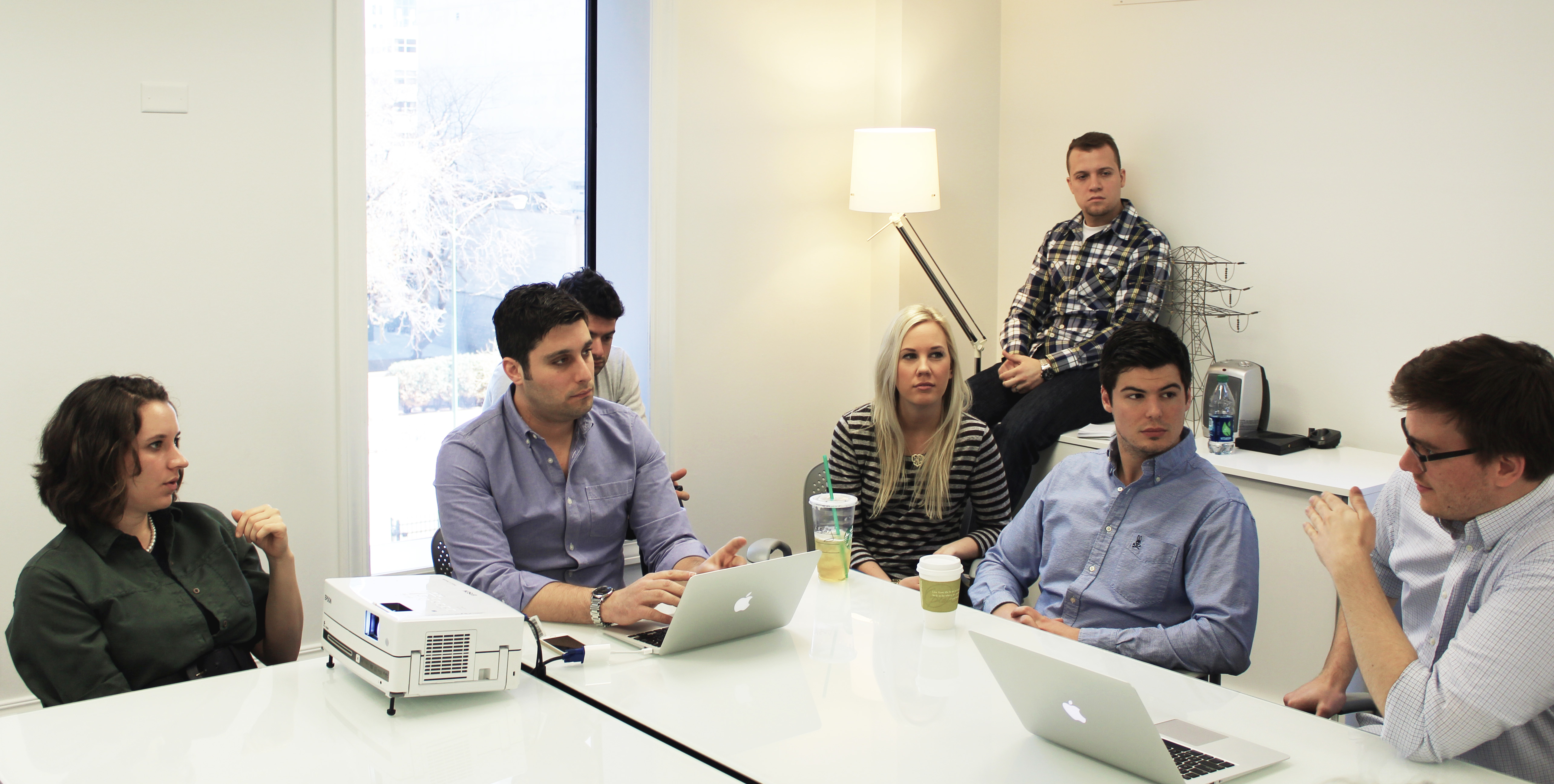
- 2 Min Read / Blog / 3.2.2020

I’m often asked about the incredible growth we’ve experienced at Punchkick over the past few years. And it’s a fair question, considering our humble beginnings. Punchkick was formed during a terrible recession. We’ve had multiple offers for purchase that we’ve turned down. And we’ve managed to grow the company without any venture capital. Yet we continue to thrive. We began as a small dog in a big pond (or however the saying goes) and we’ve never slowed down. And today, we’re exactly where we want to be.
But despite finding success in doing things our own way, for a short time last year, my business partner and I tried our hand at a management style known as Traction. Punchkick had grown faster than usual, and it felt like it was time to incorporate a more formalized management style into the business. I still can’t quite explain why. Traction is an operating system for businesses—and a great one at that—but it just didn’t fit our needs. It requires the building of an organizational chart, classic-manager roles, and other non-Punchkick elements. We tried to make it work for a few months. And ultimately, instead of trying to fit our natural operating style into Traction, we just said enough—and went in a direction that was all Punchkick.
I sent the email copied below—edited a tiny bit for clarity—earlier this year.
Hi everyone,
Traction is dead. And let me just say: yipeeeeee!
I’m joking. Mostly.
Traction is an awesome operating system for 99.9% of businesses out there. It creates accountability and gets everyone involved in helping to grow a business.
But, as with any system, there comes a point where you wonder, “how much can I deviate from something before I’m not following it anymore?” And that has become the case with Traction.
Traction wanted us to create an org chart. And we didn’t want one. So instead we created a growth engine that shows all of the roles of PK and what they are accountable for.
Traction wants weekly meetings with smaller Traction teams. And it wants hierarchy. And rollout is difficult and often confusing, which creates a cloak of mystery from everyone else who wonders, “what the heck is going on in that conference room?”
Traction just isn’t flat enough. It wasn’t the key to Punchkick’s success. And last week it hit me: We’ve never played it by the book before. So why are we starting now?
Traction is dead. Long live Traction. Or whatever that means.
Who’s on it? Funny you should ask. Anyone who wants to be.
That’s right, if you want to be a part of shaping the processes that we deploy at Punchkick, and have a hand in steering the direction of our growth, simply email me and you’re in. Here’s how it will work:
I’m so excited for this. No more mystery. No more uncertainty.
If you’re interested in being on the team, just send me an email.
The result? Over a third of the company showed up for the first PGT meeting. We collectively delegated rocks to team members, and by the end of March we’d accomplished magnitudes more than my business partner Ryan and I could have alone. Folks on the PGT researched their rocks and made incredibly solid recommendations. As I’ve learned and re-learned countless times in my career, passion almost always trumps experience. Best of all, change was coming from those who cared most. It’s been a win in every way imaginable.
Here’s a small sampling of rocks that were beautifully completed during the first PGT quarter:
For Punchkick, the secret to success is that there is no secret. The answers to our questions almost always exist inside of everyone on this amazing team.
The trick, it seems, is to just listen.